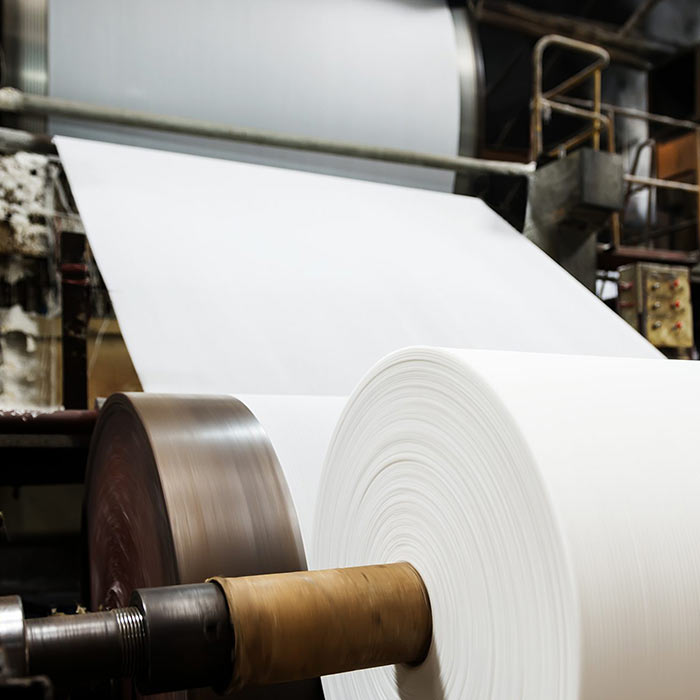Individuation of perpendicularity of machine axes
The above activities are carried out with the theodolite, it is an optical instrument for the measuring of azimuth angles (i.e. contained in an horizontal plane) and zenith angles (i.e. are contained in a vertical plane).
The theodolite is essentially made up f a base, an alidade and a horizontal graduated circle. The base is equipped with a level and screws to adjust the verticality of the main axis of the tool. The alidade is mounted on the base to be able to rotate it around the vertical axis and, in turn, it’s equipped with a telescope that rotates on a horizontal axis. The horizontal and vertical graduated circles are attached respectively to the base or to the alidade and to the telescope’s rotation axis.

The conditions for which the theodolite is rectified are:
axes two by two that are orthogonal to each other;
axes that intersect in a single point, called instrumental center;
Before carrying out the measurements, a centering of the bubble of the level is performed, to ensure that the level’s central tangent, is parallel to the line of the base. This allows to obtain the necessary precision in orthogonality measurements between machine and rotating systems which, in the case of a paper mill, are the yankee, the dryer, the wet end and the final spool on which the produced paper is wrapped on.
